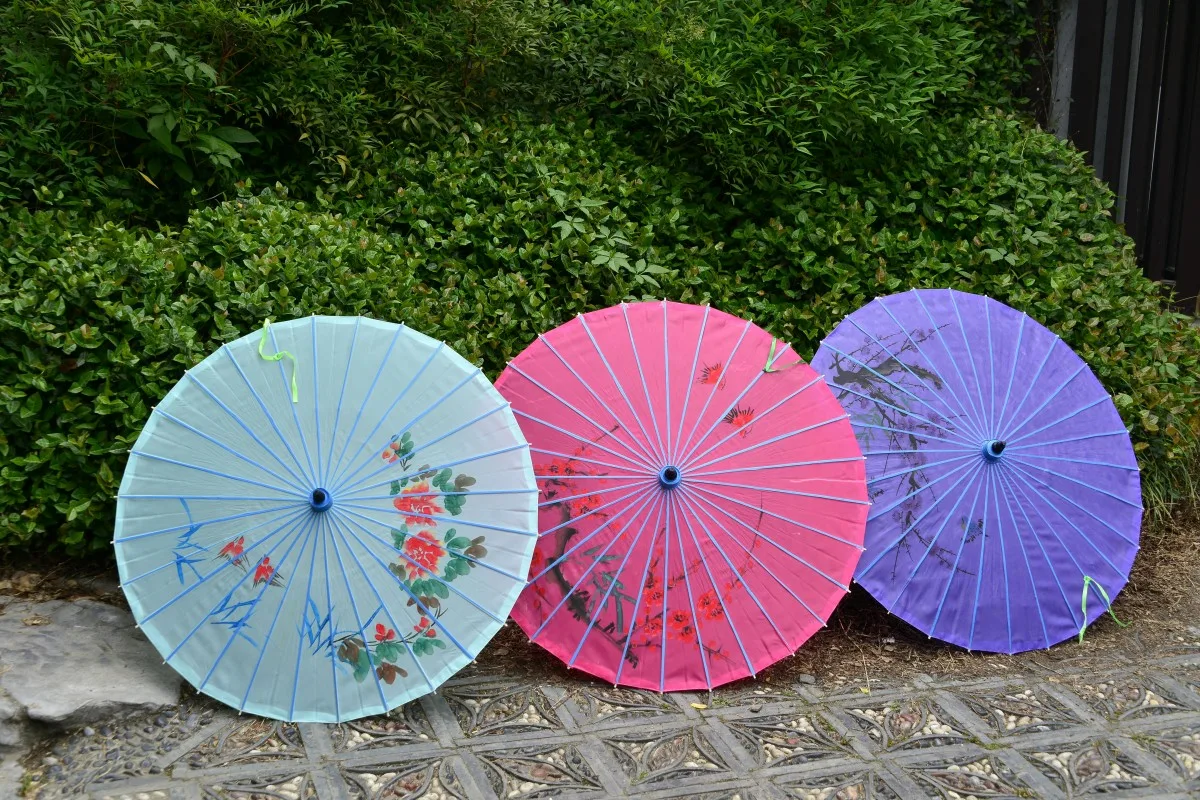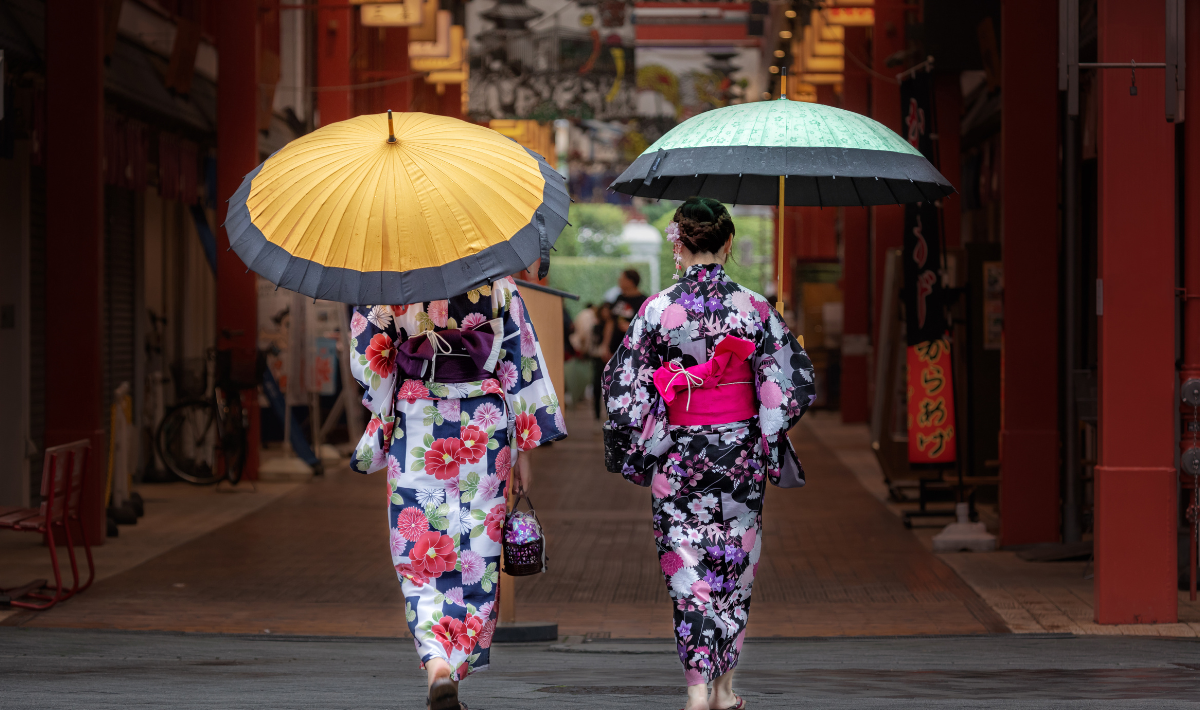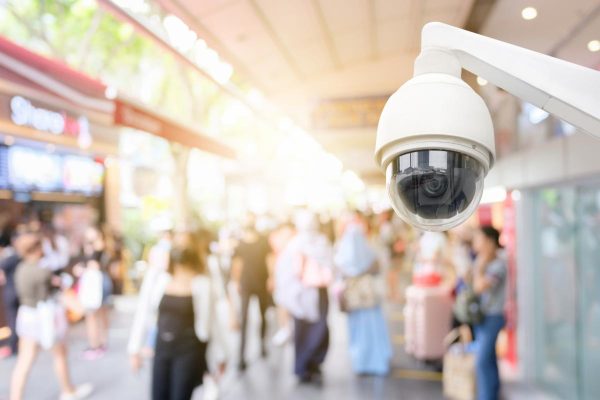The image of streets crowded with umbrellas on sunny days sums up a continuity: a practical object that, while remaining practical, also functions as a symbol.
Table of Contents
That Japanese culture attracts the rest of the world is a fact. The figures for foreign visitors to the country, which are exceeded every year, are proof of this. Japan is interesting because in many cases it is the opposite of Western culture. Take, for example, a sight that often surprises tourists: why on earth are there so many Japanese people with umbrellas?
Here’s a clue: it’s not just to protect themselves from the sun.
Umbrellas and spirits.
Yes, in Japan, parasols and umbrellas are not only protection from the rain or sun, they can also be yorishiro, that is, objects capable of attracting or housing deities and spirits.
This animistic view, described by professor emeritus Tatsuo Danjyo, associates the circular shape of the umbrella with the soul and its handle with the pillar through which entities descend, turning this everyday object into a spiritual receptacle with a symbolic presence in ritual and popular life.
From emblem of power to common use.
Between the 9th and 11th centuries, umbrellas made their appearance in Japan not as weather protection, but as a symbol of religious and political authority: long sashikake-gasa held by assistants over elites and dignitaries.
From the 12th century onwards, their use spread to the people, but the spiritual significance remained, so that the umbrella coexisted with its practical function as a sign of protection, status and connection with the sacred.
Festivals that heal.
Today, this dimension survives in celebrations where the umbrella acts as a ritual vehicle. At the Yasurai Matsuri in Kyoto in April, floral umbrellas “extract” illnesses from participants, and at the Hakata Dontaku in Fukuoka, every 3-4 May, the imposing kasaboko distribute health and fortune to those who pass under them.
Not only that. In Okinoshima (Kōchi), during Obon from 13 to 16 August, richly decorated umbrella structures house the spirits of the recently deceased so that, on the night of the 16th in alternate years, they can be led back to the afterlife through a processional dance.
The umbrella that comes to life.
The Japanese imagination has personified this relationship in the so-called kasa yōkai, the ‘umbrella spirit’ that appears in paintings and scrolls such as Night Parade of a Thousand Demons, where old and discarded objects awaken and wander.
With its single eye and mischievous features, the kasa yōkai embodies the animistic intuition that used, loved and ultimately abandoned utensils can retain a spiritual spark.

Everyday use.
Although visitors may see parasols to protect themselves from the sun or umbrellas against the rain, in Japan, opening a traditional wagasa can resonate with a cultural memory that transcends the weather.
In fact, workshops and museums allow visitors to explore first-hand the history and craftsmanship of these pieces, from their structure to their decoration, connecting daily practice with a legacy that combines utility, aesthetics and ritual significance.
A modern gesture with roots.
Thus, the image of streets crowded with umbrellas on sunny days sums up a continuity: a practical object that, while remaining so, operates as a symbol of care, health and good fortune.
Remembering this dual nature (physical protection and spiritual vehicle) explains why in Japan a simple opening and closing can, according to tradition, summon more than just shade or shelter.





